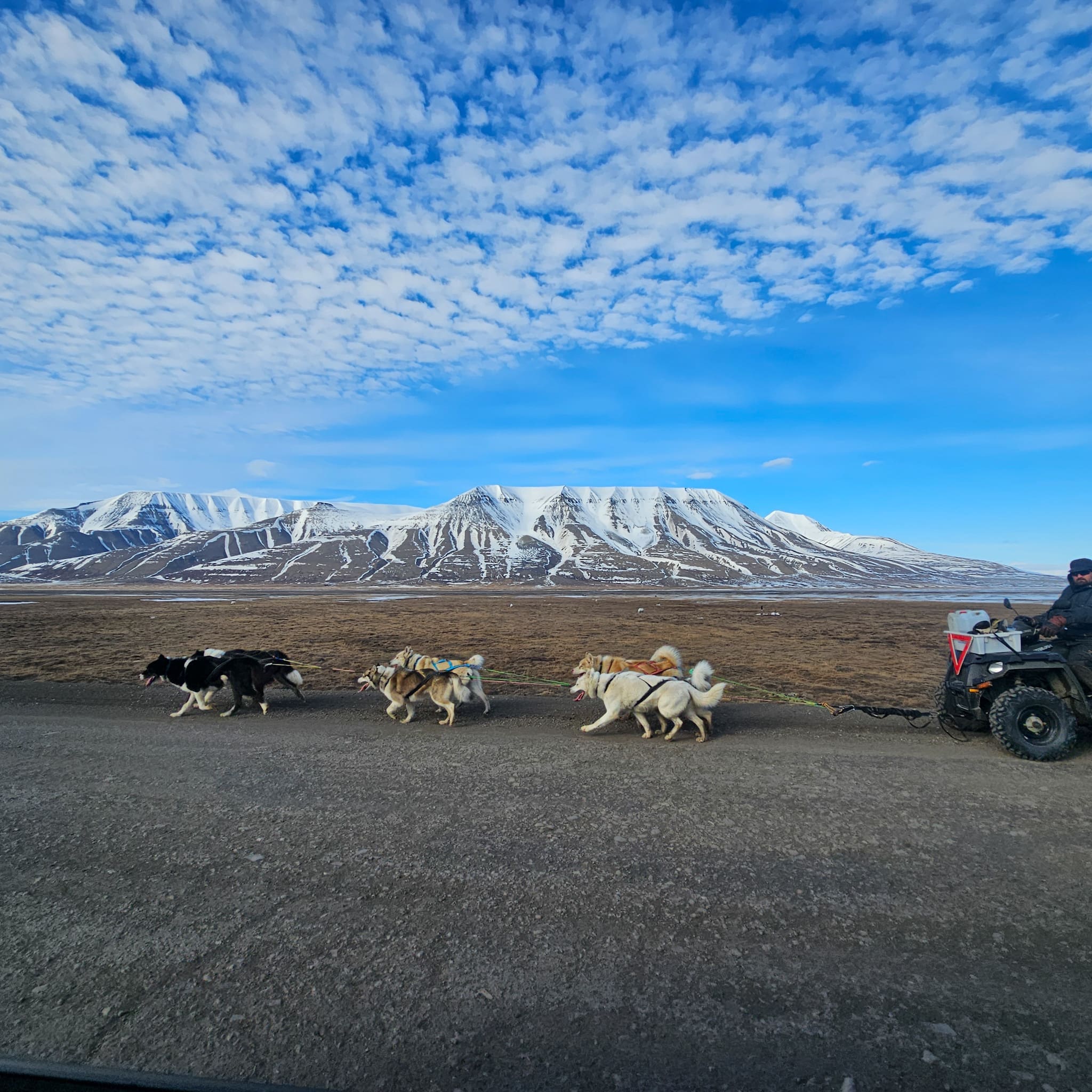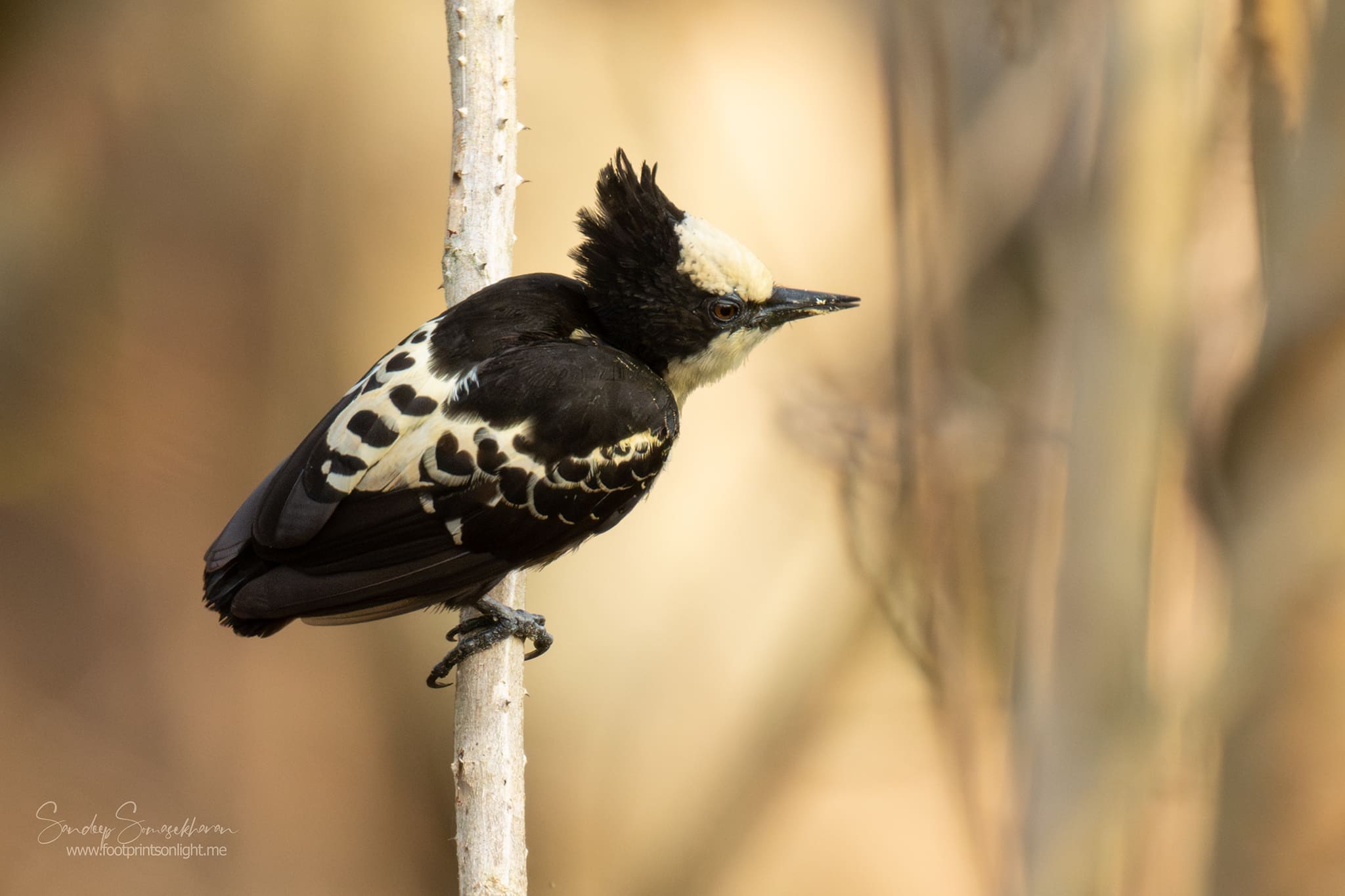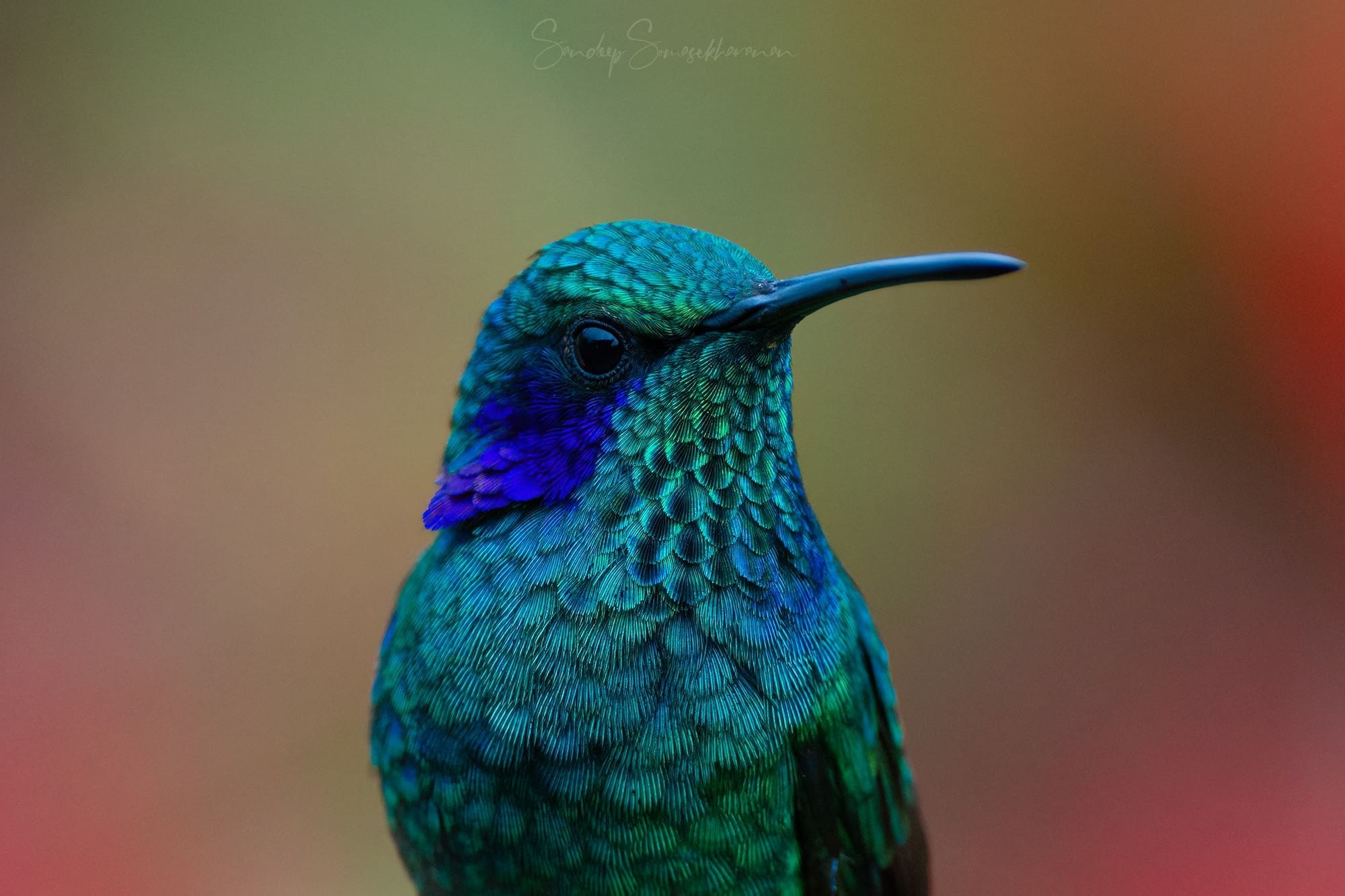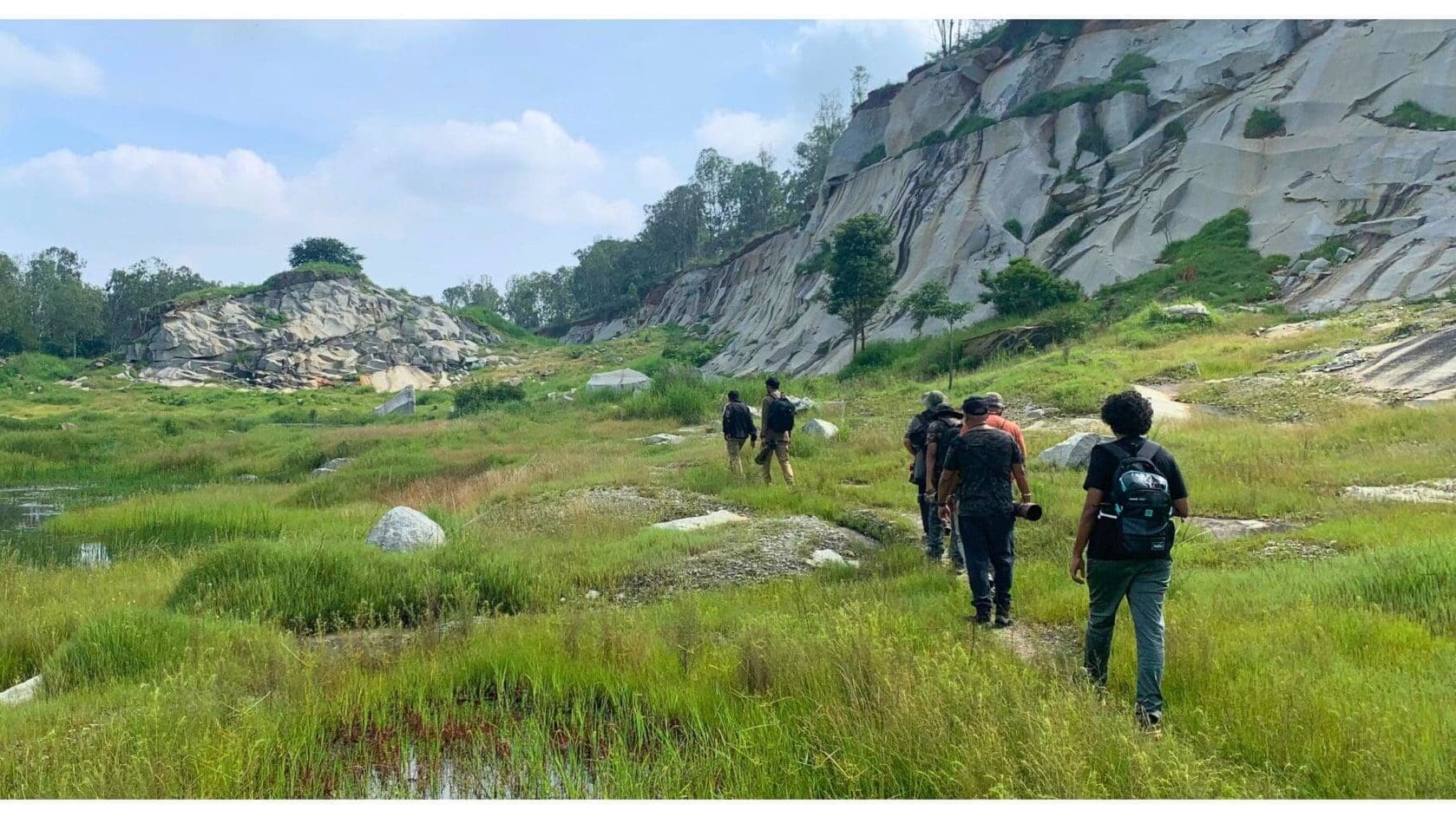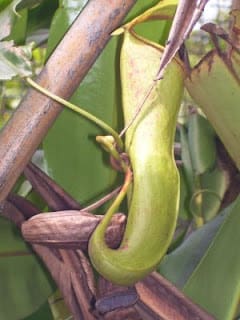Hiatus in the Rann of Kutch
I have just returned from a 7-day birding tour of the Great Rann of Kutch. Seven days, in truth, are hardly enough to explore this vast and varied landscape. The Rann, a salt marsh that is inundated for a few months every year during the monsoon, dries up completely around…




